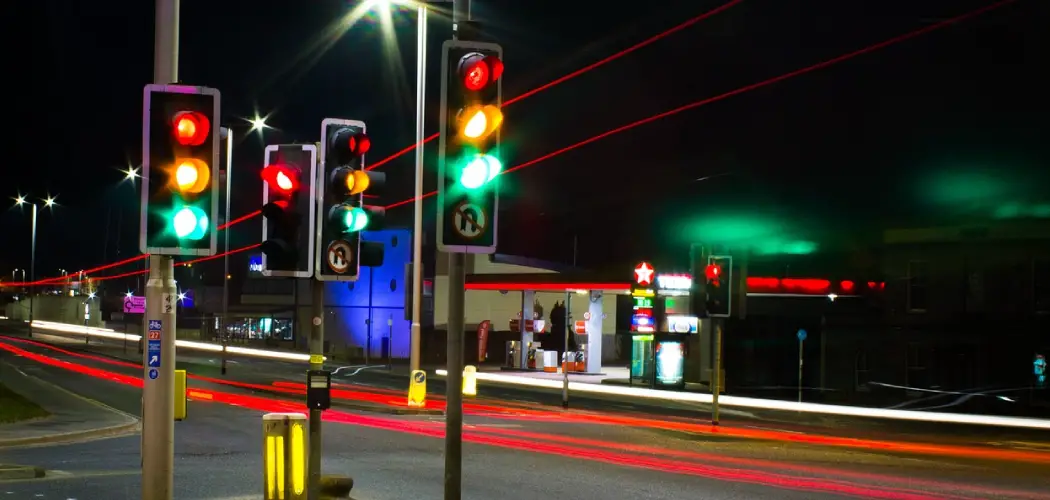Are you tired of the traffic in your neighborhood? Does it feel like a never-ending game of bumper cars every time you try to leave your house? It may be time to consider getting a stoplight installed. Here are some tips to help you navigate the process.
Installing a stop light, also known as a traffic signal, can enhance road safety and regulate traffic flow in areas prone to congestion or accidents. Getting a stop light installed involves several critical steps, including understanding traffic regulations, conducting a thorough assessment of the location, and engaging with local government authorities. Collaboration with transportation departments and adhering to legal procedures are vital to ensure the effective implementation of a new traffic signal.
This guide will walk you through the necessary steps and considerations on how to get a stop light installed.
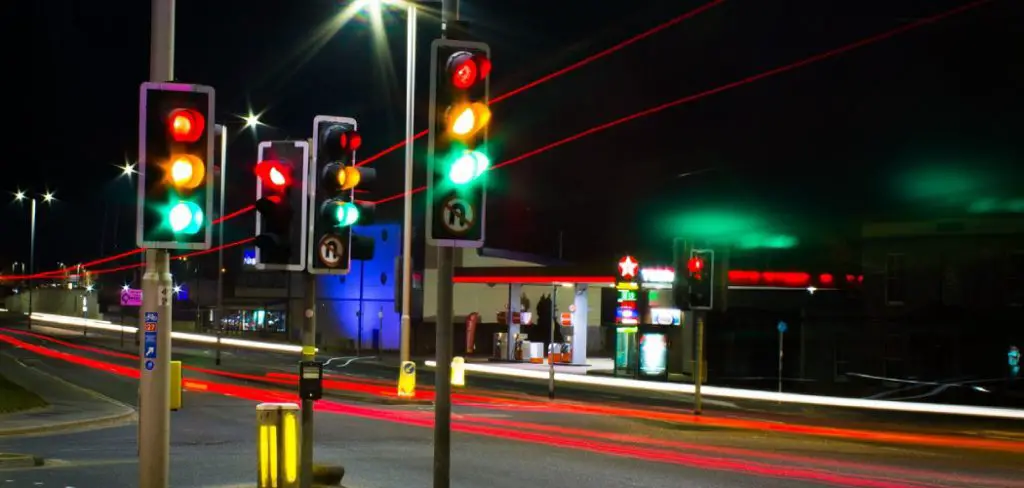
What Will You Need?
Before diving into the process of installing a stop light, it’s essential to have a clear idea of what you’ll need to make it happen. These may include:
- A clear understanding of local traffic regulations and laws governing the installation of traffic signals.
- Knowledge about the current traffic conditions in your area, including accident-prone locations and existing traffic control measures.
- An analysis report highlighting the potential benefits and drawbacks of installing a new stop light in your neighborhood.
- Permits and approvals from relevant government authorities.
Once you have all the necessary information and documentation, you can move on to the following steps.
9 Easy Steps on How to Get a Stop Light Installed
Step 1. Conduct a Traffic Study:
A traffic study is the first and most crucial step in determining the necessity of a stop light. This involves collecting comprehensive data on the current traffic situation, including vehicle counts, the frequency of pedestrian crossings, and the number of reported accidents at the location in question. Engaging a professional traffic engineer can ensure an objective analysis and precise data collection.
The study will typically evaluate peak traffic hours, existing traffic controls, and how traffic patterns affect safety and efficiency on the roads. Additionally, it’s important to assess the impact a new traffic signal might have on the surrounding area, considering not only improved safety but also potential congestion issues that could arise. Presenting a well-documented traffic study can be a compelling piece of evidence when advocating to local government bodies for the installation of a stop light.
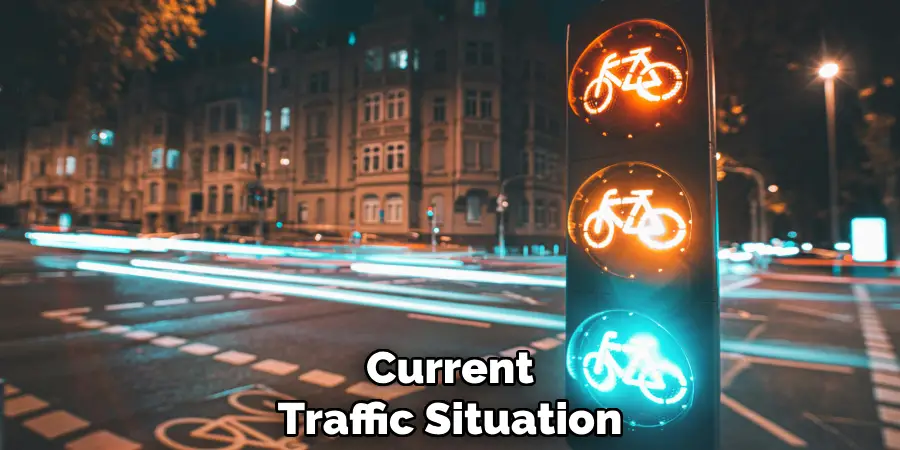
Step 2. Engage with Your Local Government:
After completing a thorough traffic study, the next critical step is to engage with your local government authorities. Begin by contacting city or county officials responsible for transportation and infrastructure. It’s vital to present your findings from the traffic study clearly and concisely, emphasizing how a stop light could address the current issues.
Be prepared to discuss the potential safety benefits, reduction in accident rates, and improved traffic flow. Networking with community leaders and neighbors to gain their support can amplify your voice when discussing the project with government representatives. Additionally, be open to input and feedback from local authorities, which might require you to adjust your proposal.
Step 3. Gather Community Support:
Building a strong coalition of community support is essential to move your proposal forward. Start by meeting with residents, business owners, and community organizations to discuss the traffic issues and the benefits of installing a stop light. Utilize online platforms, social media, or town hall meetings to reach a wider audience and gain input.
Gathering signatures for a petition can be a powerful tool to demonstrate public backing. Highlight the data from the traffic study to convince stakeholders of the need for a new traffic signal. The more support you have, the more persuasive your case will be when presenting it to the decision-makers.
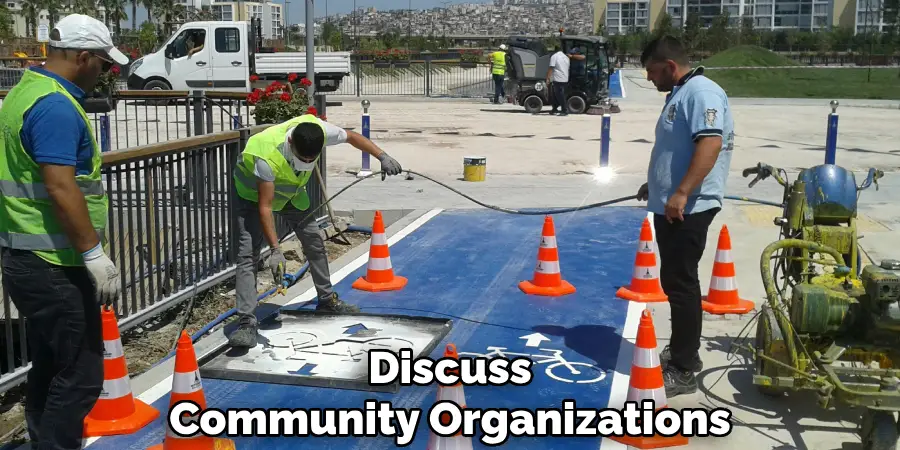
Step 4. Complete Necessary Documentation:
Once community support is secured, the next step is to complete the necessary documentation required by local authorities for the installation of a stop light. This typically involves filling out formal applications and submitting your detailed traffic study and any supporting information you may have gathered. Be sure to adhere to any guidelines or regulations specified by your local transportation department. It is essential to check all boxes and ensure all required forms are correctly filled out to avoid delays in the approval process.
If some questions or sections are unclear, consult with a legal advisor or a representative from the local government to ensure accuracy and compliance. Thorough and well-prepared documentation can significantly streamline the decision-making process, demonstrating seriousness and commitment to the initiative.
Step 5. Secure Funding for the Project:
Securing the necessary funding is a crucial step in the process of installing a stoplight. Begin by exploring various funding sources, which may include local government budgets, grants, or community fundraising efforts. It’s essential to prepare a detailed budget that outlines the anticipated costs of the project. This budget should include expenses for equipment, installation, and any required permits or fees.
Additionally, consider reaching out to local businesses or organizations with a vested interest in improved traffic safety and may be willing to contribute financially. Presenting a well-defined financial plan can increase your chances of obtaining the necessary support from potential funders. If government funding is required, ensure that all applications are completed accurately and submitted within specified deadlines to secure timely approval.
Step 6. Collaborate with Traffic Engineers:
After securing funding, the next step is to collaborate closely with experienced traffic engineers to design the most effective layout for the stop light. These professionals can provide invaluable insights into optimal placement, signal timing, and integration with existing traffic systems. It’s crucial to ensure that the design adheres to local and national traffic signal regulations.
Traffic engineers can also perform additional simulations or analyses to predict the impact of the stop light on road safety and traffic flow. Engaging with experts during this phase is essential to identify potential challenges and develop strategies that address them effectively. Their expertise will contribute to creating a functional and efficient traffic control system that enhances safety for both drivers and pedestrians.
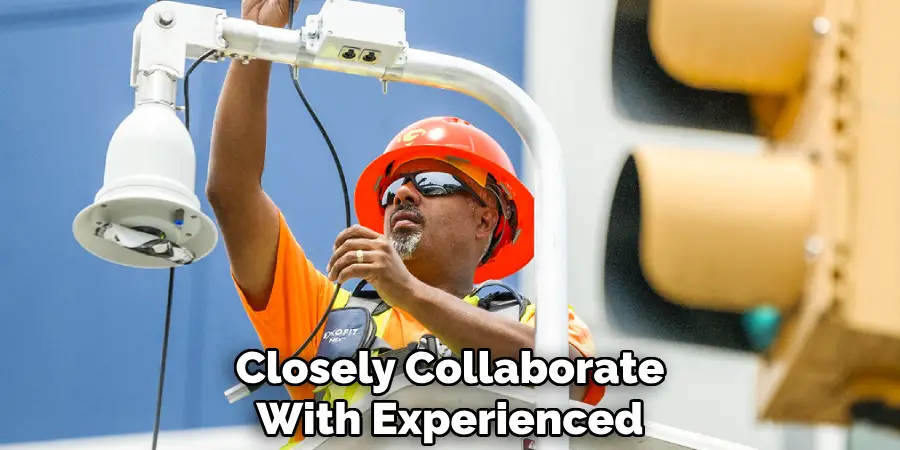
Step 7. Initiate Construction and Installation:
Once the design has been finalized in collaboration with traffic engineers, the next phase is to initiate the construction and installation of the stop light. This involves coordinating with construction teams and ensuring all equipment and materials are ready for use. It’s essential to establish a clear timeline for the completion of the work, accounting for potential weather delays or supply chain issues.
During this phase, maintaining communication with all stakeholders, including local residents and businesses, is vital to mitigate disruptions. Regular site inspections should be conducted throughout installation to ensure compliance with safety standards and project specifications. Proper oversight ensures that the installation is performed efficiently according to the plans laid out by the traffic engineers, thus paving the way for the successful implementation and operation of the new stop light.
Step 8. Assess and Monitor the Impact:
After installing the stop light, assessing and monitoring its impact on traffic flow and safety is essential. This involves conducting follow-up traffic studies to evaluate changes in vehicle and pedestrian movements at the intersection. Data collected can provide insights into the effectiveness of the stop light and whether any adjustments are needed in signal timing or configuration.
Engaging with community feedback is also essential to understanding public sentiment and any concerns that may arise. Regular maintenance checks should be scheduled to ensure the stop light operates smoothly and efficiently.
Step 9. Celebrate Community Involvement and Success:
The successful stoplight installation marks a significant achievement for the community, deserving of recognition and celebration. Organizing a small event or gathering can be an excellent opportunity to thank all those who contributed to the project’s fruition, including community members, local authorities, traffic engineers, and any sponsors.
This celebration can foster a sense of pride and accomplishment and strengthen community bonds. Sharing the journey and achievements through local media or newsletters can inspire future civic projects and volunteerism. Recognizing the collective effort highlights the power of collaboration and reinforces the community’s commitment to improving safety and infrastructure for all residents.
By following these steps, you can successfully install a stop light in your community, improving road safety and traffic flow.
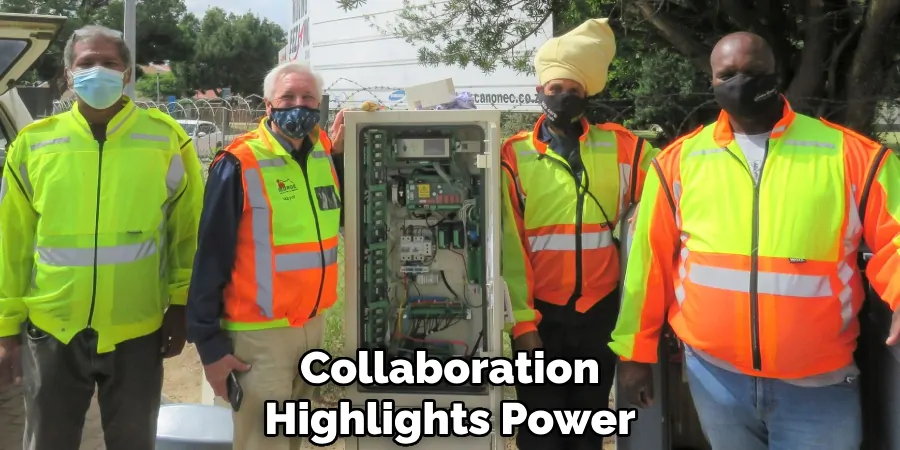
Conclusion
Installing a stop light in the community is a complex yet rewarding undertaking that demands careful planning, collaboration, and dedication.
By systematically following each step on how to get a stop light installed—from understanding community needs and navigating local government guidelines to securing funding and engaging with traffic engineers—community leaders can ensure a successful installation that meets safety standards and community expectations. The final stages of construction, impact assessment, and celebrating the achievement further highlight the importance of teamwork and perseverance. This systematic approach leads to improved traffic flow and enhanced safety and demonstrates the remarkable outcomes possible when communities unite with a shared goal.
Installing a stop light is a testament to civic engagement and serves as an inspirational example for future infrastructure projects.

